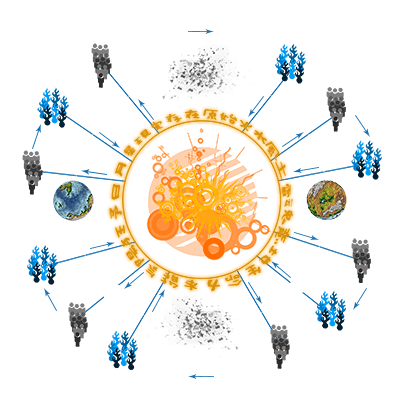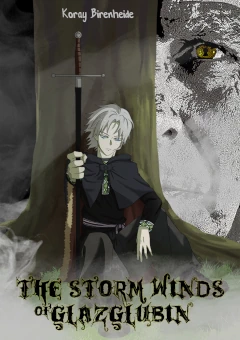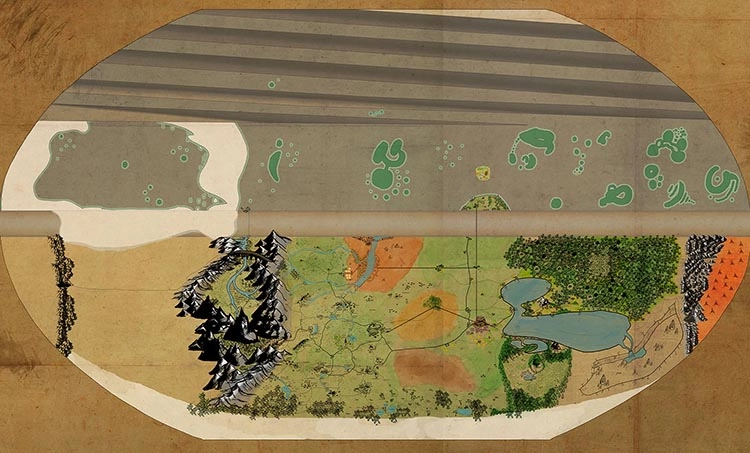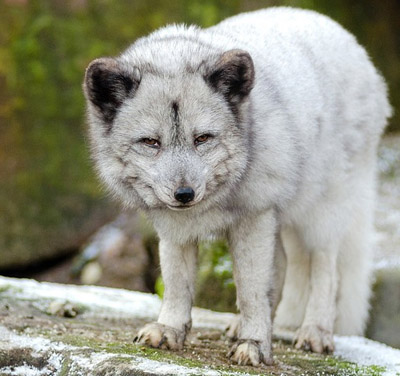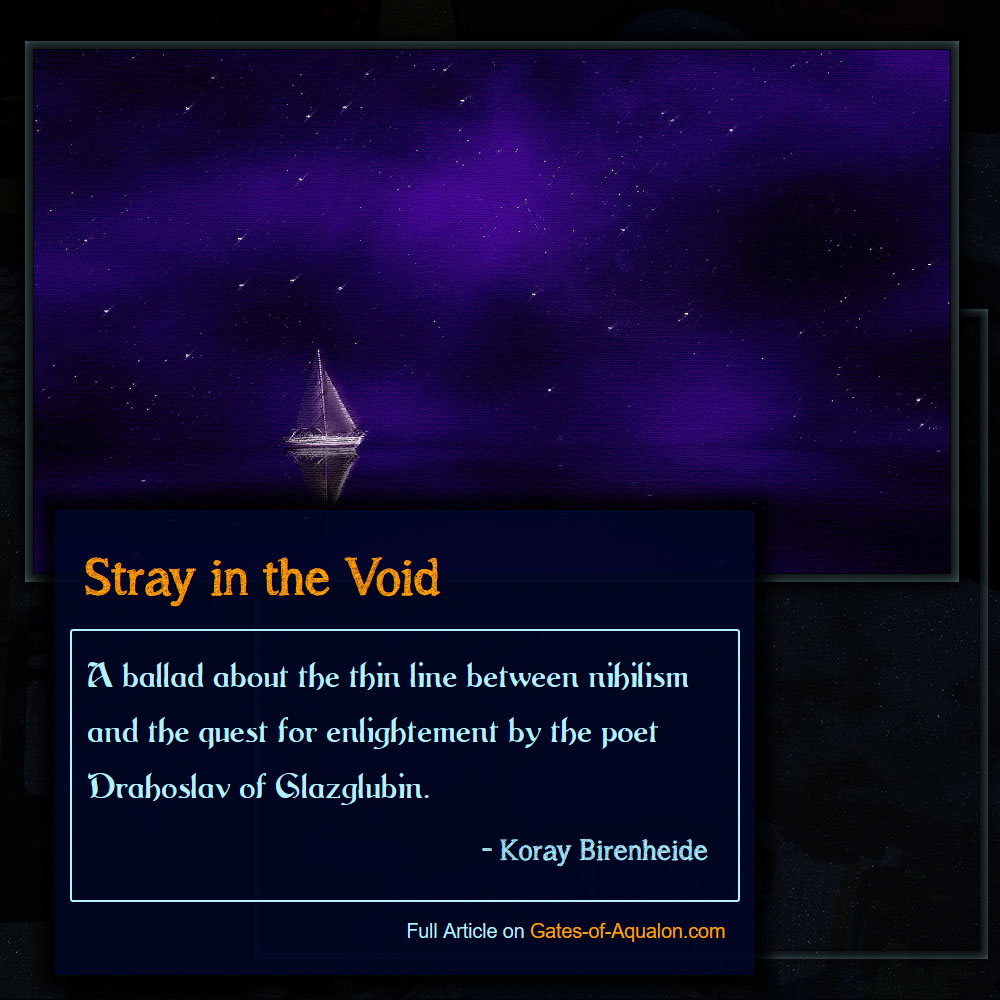Kenmu stopped in his tracks, holding his son back. This was the first hunting trip he had taken the boy out on, so he was keen to impress, but going this far up the mountain had been a mistake. "Careful now, Yoichi, it's a white fox..." He pointed over at the creature, which was leisurely striding away from them to their right.
"Oh no, father, will he take us away into the snow?"
"Quiet, boy, he seems to be away on his own business right now, don't draw his attention. I think we are safe this time. Always give the white ones a wide berth, your uncle once crossed the path of one and got mauled by a bear later."
"Yes father."
"Well, we'll stop for the day and set up camp, best to not tempt our luck..."— A hunter from Okajimura of the Yamato Valley and his son.
The Yamato people have a long history of deep spiritualism and naturalism. Secluded as they lived for many centuries at a time in the Yamato Valley due to recurring periods of sealing off the country to foreigners, they have attached special significance to certain animals and plants and fostered their believes that souls sometimes remain in the world as spirits.
"hakkosekko" 白狐赤狐
It literally means "white fox, red fox", but is a common idiom1 Four character words like this are called Yojijukugo 四字熟語, which means "four character idiom". Any four character Yamato word that works as an idiom is thusly titled and considered to be of high literary standard, which often involves them in poetry. Though the number 4 is often considered unlucky in different cultures of the Great Land, the Yamato people diverge from that belief, arguing that in being the number between both 3 and 5, the two numbers that govern the natural world, the number 4 is a uniting number. "Four" also sounds like "death" in the tongue spoken in the Yamato Kingdom and is associated with the cycle of rebirth because of it. It is also referred to as "the linking number". Another popular Yojijukugo is Shunkashûtô 春夏秋冬, which means "the four seasons" but literally translates into "Spring, Summer, Autumn, and Winter". Shunkashûtô is also the name given to the foremost institute of weather science located in Yamaseki.
in the Yamato Kingdom and means something along the line of "fortune is fickle" or "sometimes you are lucky, sometimes you are not".
There are two common types of foxes that live in the Yamato Mountain Range: the valley fox, which has a rust-colored coat, and the high mountain fox, which has a grey to white coat.
While the valley fox is associated with the spirits of the harvest and fertility, often being thought of as messengers that know the secret passageways into the spirit world, the boundary layer between this world and the Great Clockwork in Yamato folklore, the high mountain fox is associated with the spirits themselves and, more importantly, with
spellblight.
Because of their white coat, the Yamato people have associated the white high mountain fox with the the sickness that befalls all who deal unwisely with magic, for their hair grows white and their eyes shine blue when they are afflicted with it. In the Yamato Kingdom, people who suffer from spellblight are thought of as "Yasha", which is a word akin to spirit or demon, and they are both feared and persecuted. Foxes with a white coat are believed to be lesser demons that lure people out into the cold and then make deals with them, promising warmth in exchange for their souls.
The red valley foxes, on the other hand, are welcome sights to most Yamato people, who see them as harbingers of good fortune and weather, whereas people fear that bad luck will follow them if they see high mountain foxes.

